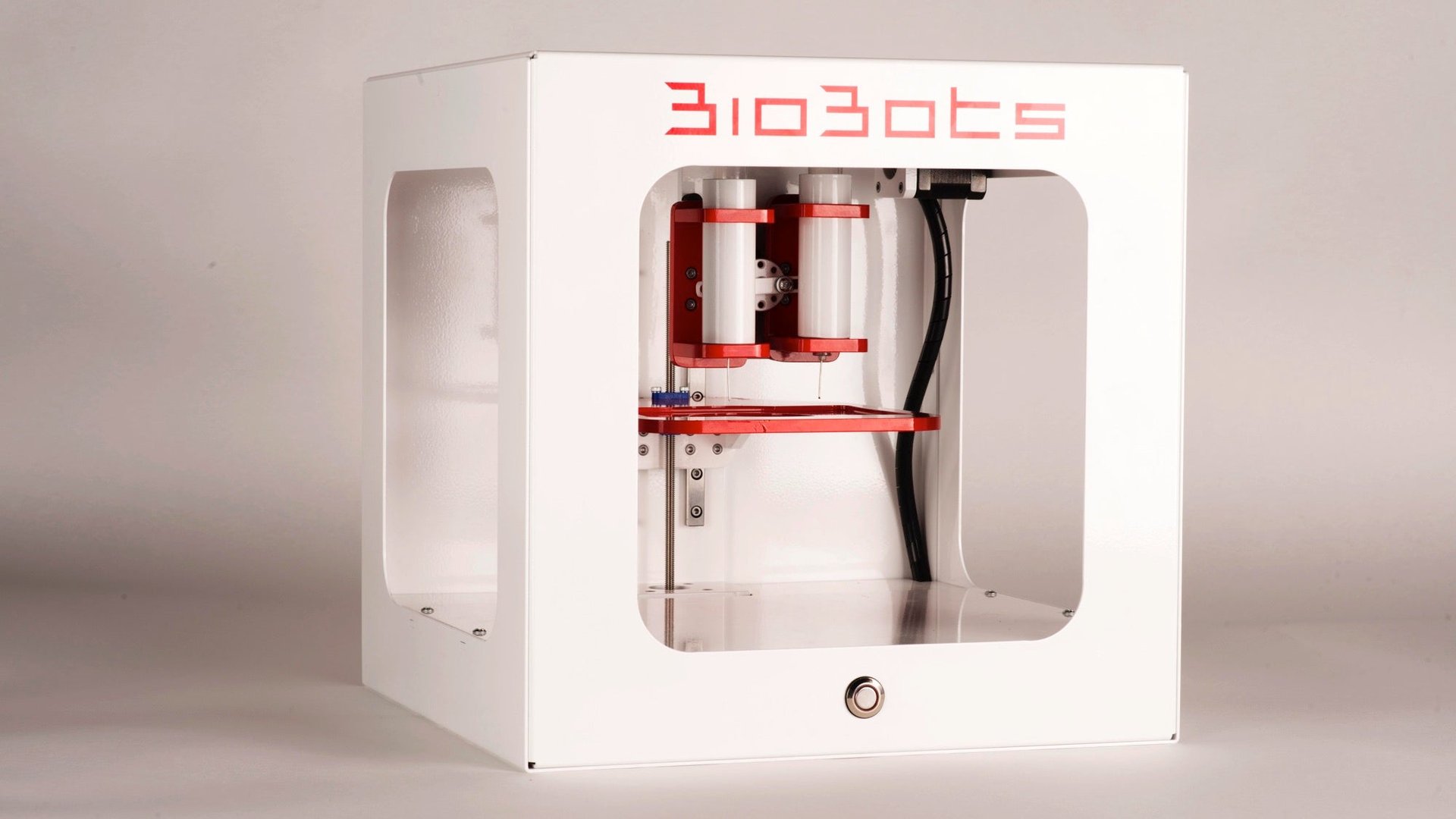For $10,000, you can now print your own pound of human flesh
In the future, waiting for a replacement organ may be as simple as waiting for a file to print. A Philadelphia-based company called BioBots has released a printer that lets anyone 3D print human tissue—and potentially—human organs.


In the future, waiting for a replacement organ may be as simple as waiting for a file to print. A Philadelphia-based company called BioBots has released a printer that lets anyone 3D print human tissue—and potentially—human organs.
BioBots launched publicly at TechCrunch Disrupt in New York last May, 3D printing a replica of Van Gogh’s ear on stage. Since then, the company has been working with 50 different research labs at universities around the world to perfect its 3D printer, CEO Danny Cabrera told Quartz. “The goal is to put them on every lab bench around the world,” he added.
Now, anyone with $10,000 to spare can buy one of their own. BioBots’ first generally-available printer, the BioBot 1, was launched Sept. 4, and can be purchased from the company’s website.
The Biobot 1 looks and works like many 3D printers on the market, except that instead of plastic or resin, it’s printing out human cells. The printer takes “bio-ink”—a liquid mixture of different cells, like collagen—that is pressed through an extruder, and fused together on the printer bed using blue light.
The printer has two extruders, which may in the future allow researchers to print complex structures, like organs. Potentially, the system could print out an object that has blood vessels and an organ’s tissue in one sitting, says Cabrera, which could one day be used to build up livers to test out new drugs, or skins to test out cosmetics, getting rid of the need to test on humans. One of the company’s goals is to get to a point where its printers could eliminate the organ waiting list for those waiting for transplants.
There are, however, many regulatory hurdles to overcome. In the US, very few 3D printing applications have been approved for human use: The first 3D-printed drug was only approved by the US Food and Drug Administration in August.
Cabrera is quick to say that he doesn’t know when the FDA would approve something like this—the agency has previously told Quartz it is looking into the technology with ”significant scientific interest” but doesn’t have a timeframe on any sort of clinical trials—and has other applications in mind for the future.
Cabrera said the company is also looking into other ways that its technology could be used to “engineer new organisms.” Scientists are working on genetically modifying yeast to produce all sorts of things—like nutrition for astronauts, prescription drugs, and even organisms that could turn Mars into a habitable planet—and BioBots’ printer could be the tool researchers use to mass-produce those organisms.
BioBots was founded last year, after Cabrera and his team graduated from the University of Pennsylvania, and they have open-sourced their bio ink-making process so that the research community can create their own inks to build up whatever human tissues they’re researching.
It’s still relatively early days as far as printing human tissue, let alone organs, but BioBots may have come up with the machine that researchers need to make 3D-printed replacement organs a reality. ”Now it’s just matter of getting the word out there,” Cabrera said.